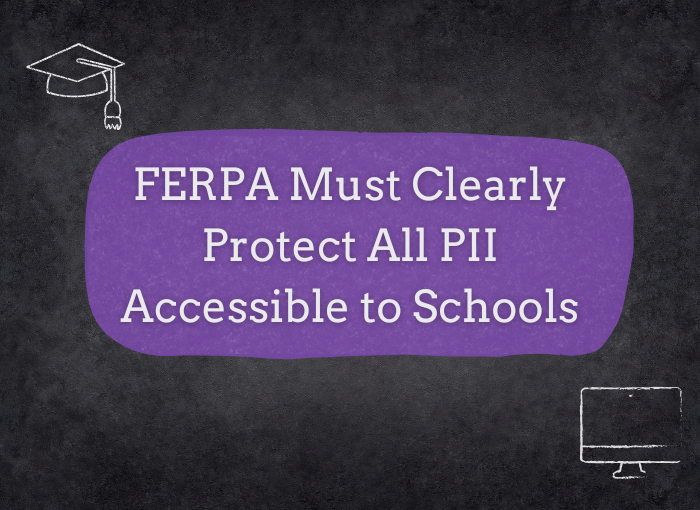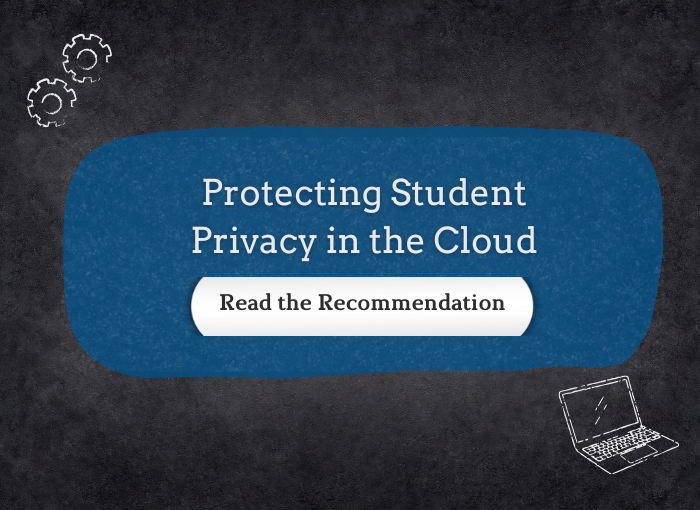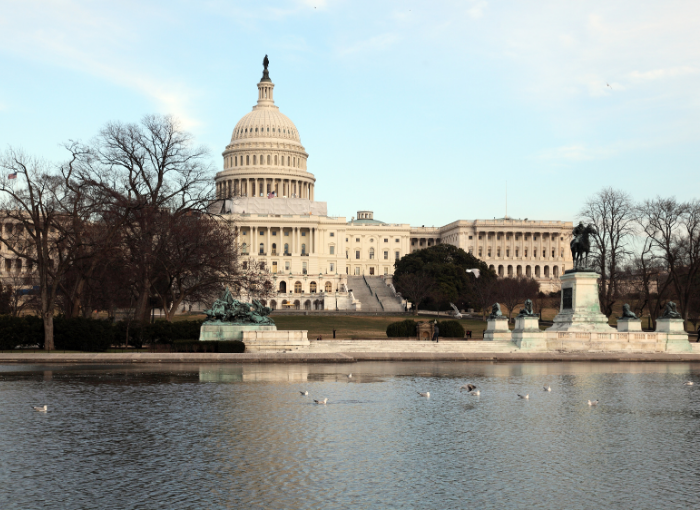Recapping USED’s Recent Surge in FERPA Enforcement Activities
Recapping USED’s Recent Surge in FERPA Enforcement Activities April 17, 2025 Morgan Sexton and Amelia Vance CC BY-NC 4.0 The student privacy landscape has shifted dramatically in recent weeks, with the U.S. Department of Education (USED) initiating two statewide FERPA investigations in California and Maine. This blog post unpacks these investigations and shares our new infographic showing the steps in a FERPA investigation. As always, if you have any questions feel free to contact our team! TLDR: On March 27th and 28th, the USED Student Privacy Policy Office (SPPO) launched two FERPA investigations of the California and Maine state […]
Recapping USED’s Recent Surge in FERPA Enforcement Activities Read More »










